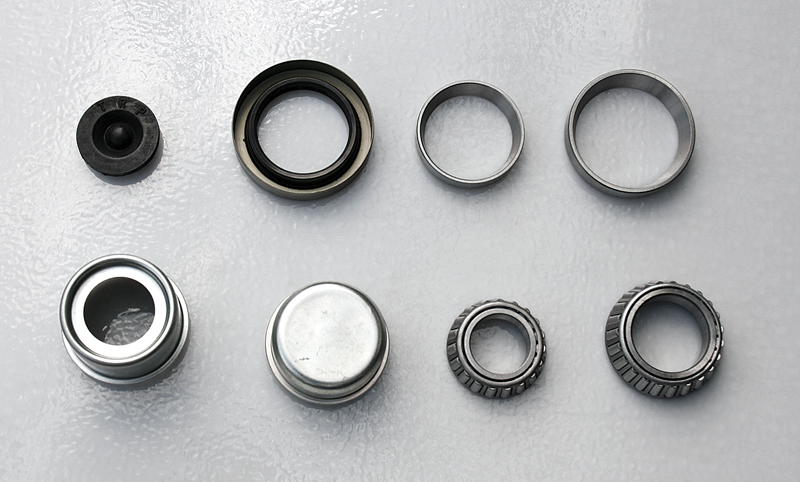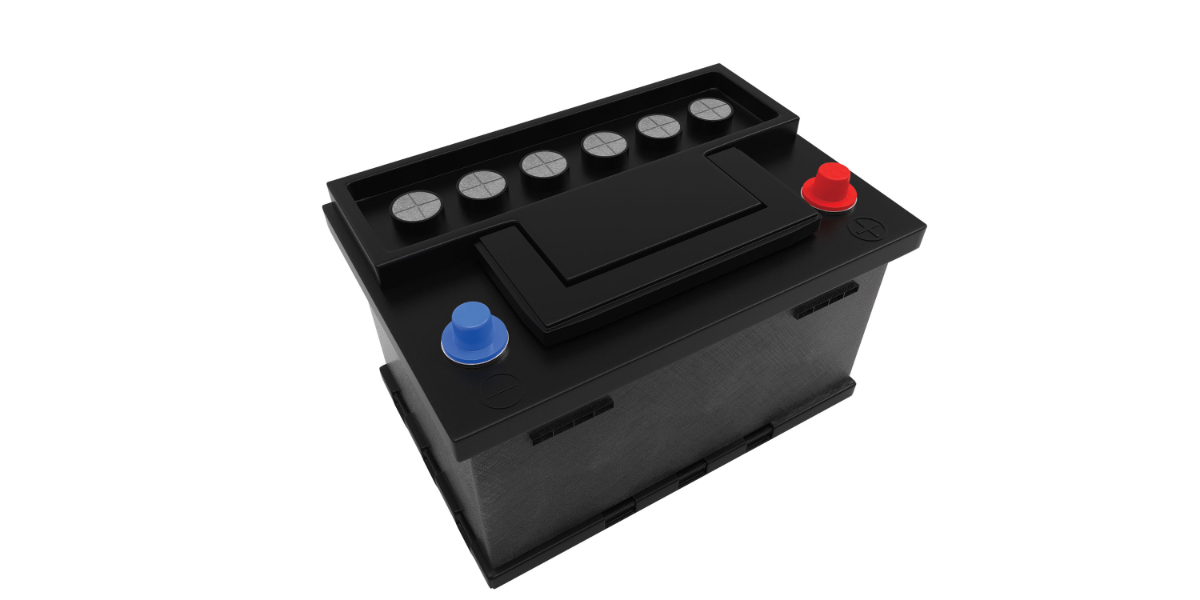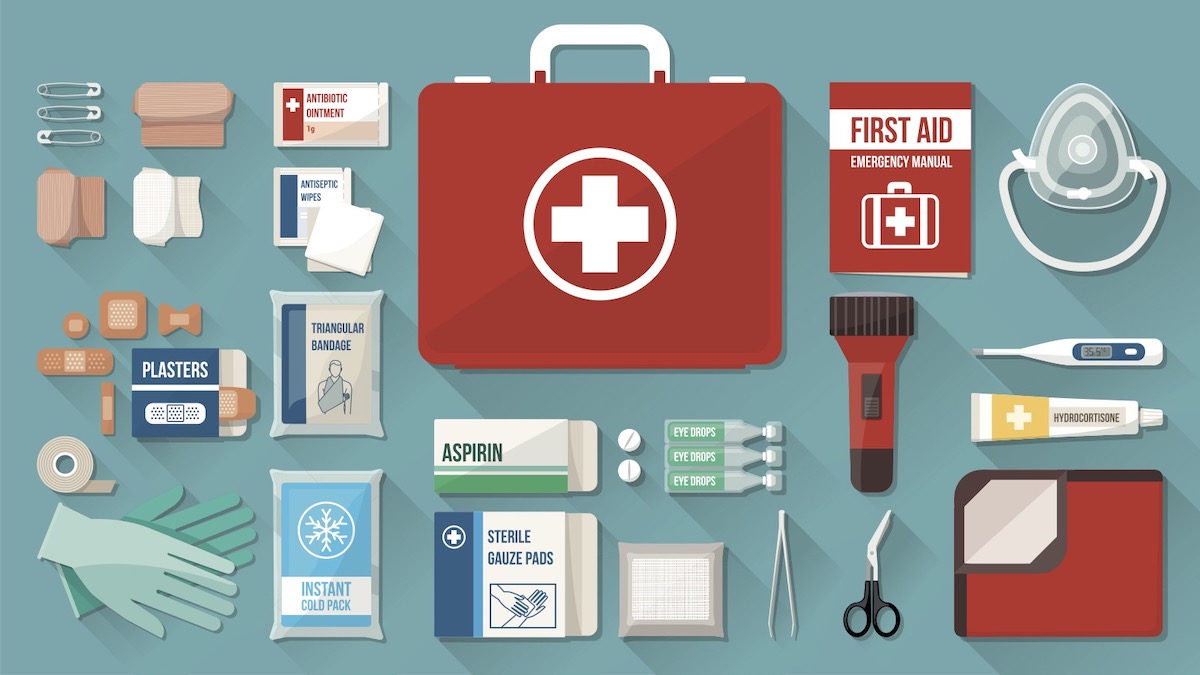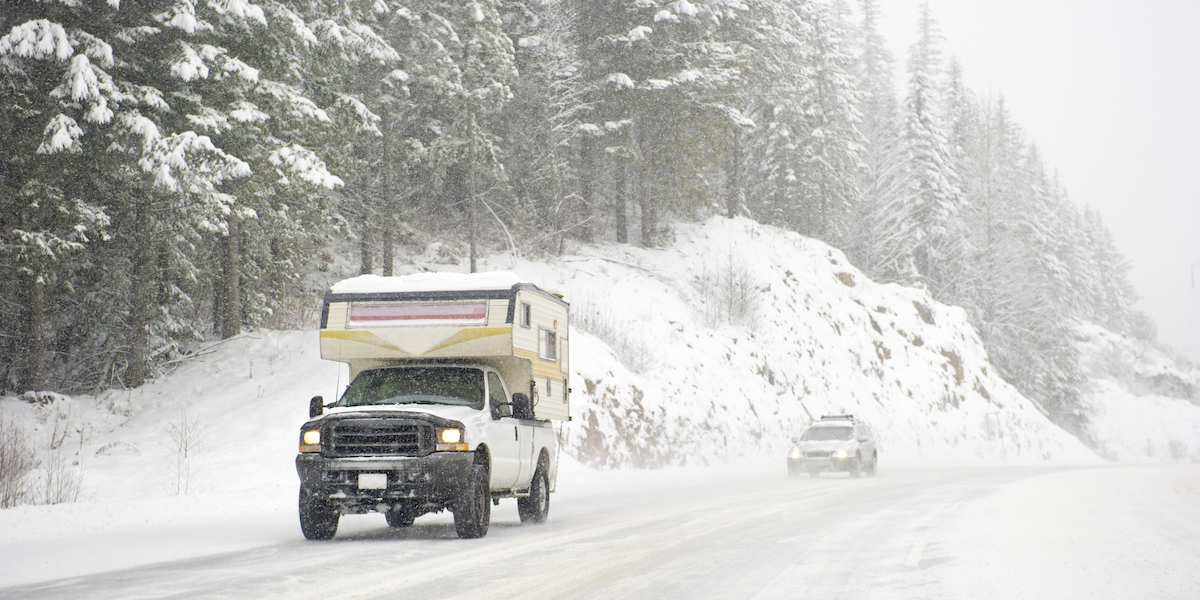Repacking Wheel Bearings
Image Caption:
Greasing wheel bearings isn’t the most enjoyable way to spend your free time. However, this messy maintenance saves you from bigger bills later.
Over time, grease breaks down. Heat produced by brakes speeds up the process. Since the trailer’s weight rides on the wheel bearings, keeping them well lubricated is critical for safe RVing.

Murphy’s dictate: If you buy replacement parts before tearing into the axle, the existing bearings will be fine. If not…. Regardless, grease seals should always be replaced. These are Lippert Components’ 3,500-pound replacement parts. The dust cap with rubber plug is for a Super Lube axle (cotter pins and Super Lube grease fittings not shown).
How to Know if Your Bearings Need Repacking
Bearings normally whine before they grind and ultimately fail. Unnatural sounds that vary depending on speed often indicate that the bearings need attention. It’s the proverbial squeaky wheel syndrome.
Trailer owners who do their own routine maintenance know that bearing service can be done in less time than it takes to make an appointment, drive to an RV shop and either wait for the trailer or make a return trip.
The job doesn’t require any special skills or tools. However, bearing-service kits that include seal-pullers and drifts in varying sizes are available for serious home mechanics.
Conejo Vacation Trailer owner, Mike Niedrich, provides some of his personal tips on how to repack trailer bearings based on nearly 30 years’ experience.
Repackings Wheel Bearings Pro Tips:
- Never reuse cotter pins. One of the least-expensive parts of the system is probably the most important.
- Any high-temperature wheel bearing grease will work.
- All grease isn’t always compatible among brands. Thoroughly clean all old grease from bearings, races and hub cavities using a solvent such as brake cleaner.
- In general, trailer wheel bearings should be serviced annually or every 10,000 miles, whichever occurs first. Grease also breaks down on stored trailers, allowing corrosion to form.
- Visually inspect the bearing and race surfaces. If nicks or discolorations are visible, replace all inner and outer bearings and races on both sides of the axle.
- Spindle nut torqueing: Once the hub, bearings and thrust washer are in place, snug up the castellated spindle nut while spinning the drum. This seats the bearing. Then back off the nut a turn, retighten it (to about 50 ft-lb if you have a torque wrench) while spinning the drum, then back the nut off 1/4 turn. Fine-tune the nut if necessary to align its closest recesses with the cotter pin hole, or lock the nut in position with the existing tanged washer or cage-style retainer.
- Some shops squirt grease into the dust cap prior to reinstallation. Niedrich used to do this until he noticed that the grease remained in the cap until the next bearing service.
Our focus is on repacking instead of replacing, which requires using punches and drifts to extricate and reinstall the bearing races. Also, affordable bearing-packing tools are available for people who want less mess.





